Disclosure: This article contains affiliate links. We may earn a commission from purchases at no extra cost to you, which helps our travel content.
Standing at the intersection of Mill River Park, watching the morning light dance across glass skyscrapers while a great blue heron stalks through reeds below, I'm reminded that even the most developed urban environments maintain a dialogue with the natural world. Stamford, Connecticut—often dismissed as merely a corporate satellite of New York City—reveals itself as a fascinating study in urban ecology and cultural layering to those willing to look beyond the Fortune 500 facades.
The Revitalized Waterfront: Where Industry Meets Nature
The transformation of Stamford's harbor from industrial wasteland to vibrant waterfront encapsulates everything I love about thoughtful urban regeneration. Walking along the boardwalk at Harbor Point, I trace the outlines of what once was a manufacturing hub, now reimagined as a place where people and nature coexist.
My ranger instincts draw me to the small patches of restored coastal habitat between modern buildings. These microecosystems—easy to miss if you're rushing—host surprising biodiversity. One morning, I spotted five different bird species within a restored salt marsh pocket no larger than a tennis court.
As dusk approaches, I recommend grabbing a seat at one of the waterfront restaurants. I found myself mesmerized by the sunset views while sipping a local craft beer at Sign of the Whale. For those early morning explorations when coffee becomes essential survival gear, my insulated travel mug kept my cappuccino perfectly hot during a two-hour waterfront photography session.

💡 Pro Tips
- Visit at dawn to spot wildlife in the harbor's quietest moments
- Take the water taxi for unique perspectives of the waterfront development
- Pack polarized sunglasses to cut glare when photographing the water-architecture interface
Mill River Park: Urban Wilderness Reclaimed
Having spent my career documenting the intersection of human development and natural spaces, Mill River Park feels like a textbook case study come to life. This 28-acre urban sanctuary represents a remarkable ecological restoration project where a concrete-channeled river was liberated and returned to its natural state.
During my visit, I joined one of the free guided ecology walks led by the conservancy volunteers. The guide, a retired botany professor, pointed out native plantings specifically chosen to support local wildlife while managing stormwater runoff—a brilliant example of functional ecological design.
The carousel pavilion serves as both community gathering space and educational center. I spent a fascinating hour speaking with the education coordinator about their programs connecting urban children with nature—work that resonates deeply with my own ranger experiences in Australia.
For comfortable exploration, I relied on my trail running shoes which provided excellent grip on both paved paths and the natural terrain near the river's edge. When an afternoon shower surprised me, my compact travel umbrella saved both my camera equipment and field notes from a drenching.
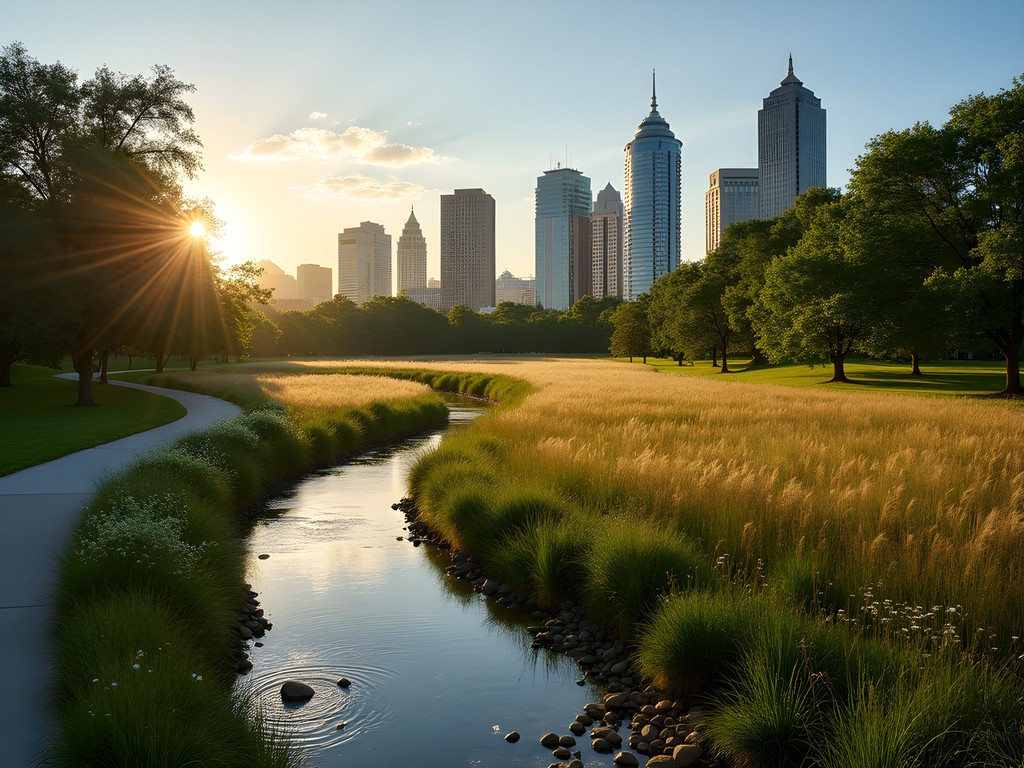
💡 Pro Tips
- Download the Mill River Park app for self-guided tour information
- Visit after rain to see the stormwater management systems in action
- Check their calendar for outdoor concerts and cultural events that showcase the space differently
Cultural Crossroads: The Stamford Museum & Nature Center
Just a short drive from downtown, the Stamford Museum & Nature Center offers a perfect blend of cultural heritage and natural exploration—something I'm always seeking in my travels. Set on 118 acres of woodland, the property centers around the 1929 neo-Tudor Bendel Mansion, now housing art exhibitions that often explore human-nature relationships.
What fascinated me most was the working farm featuring heritage livestock breeds. Having documented traditional agricultural practices across several continents, I immediately recognized the importance of their conservation breeding program for Randall Lineback cattle, one of America's rarest heritage breeds.
The forest trails showcase New England woodland ecology through interpretive signage that balances scientific information with cultural history—a communication approach I strive for in my own conservation work. The maple sugar house particularly captivated me, demonstrating traditional Indigenous knowledge that informed colonial practices.
For documenting the various microclimates throughout the property, my weather meter proved invaluable, allowing me to record temperature, humidity, and wind speed variations between forest, meadow, and wetland areas—data I love comparing across different ecosystems worldwide.

💡 Pro Tips
- Time your visit for maple sugaring demonstrations in early spring
- Bring a sketchbook to capture the heritage architecture and landscapes
- Ask staff about their conservation breeding programs—they're passionate about sharing details
Architectural Time Travel: Stamford's Historic District
While Stamford's skyline boasts impressive contemporary architecture, it's the Historic District that truly captured my heart. Growing up surrounded by Florence's Renaissance treasures, I've developed a deep appreciation for the stories buildings tell about cultural evolution.
The Bedford Street Historic District offers a fascinating chronology of American architectural styles spanning nearly two centuries. I spent an afternoon with my field notebook sketching architectural details and researching the stories behind various structures. The juxtaposition of the 1699 Hoyt-Barnum House—the oldest building in Stamford—against the modern skyline creates a visual timeline of American development.
The Stamford Historical Society provided an excellent walking tour map that I enhanced with my own architectural field guide to identify specific stylistic elements. When my phone battery threatened to die mid-exploration, my solar charger came to the rescue, allowing me to continue photographing architectural details throughout the afternoon.
I was particularly moved by the adaptive reuse of several historic buildings—a practice I've documented in cities worldwide as a sustainable approach to preservation that maintains cultural continuity while acknowledging changing needs.
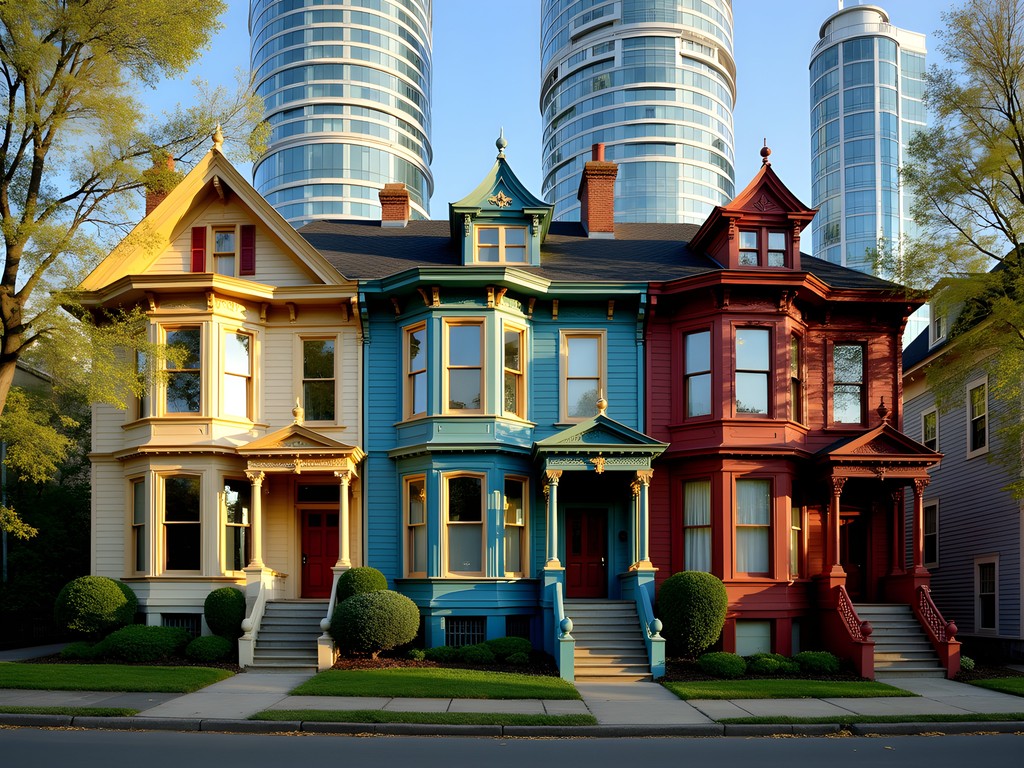
💡 Pro Tips
- Visit the Stamford Historical Society first to get context and walking maps
- Look up! The most interesting architectural details are often above street level
- Compare similar building types across different eras to see how architectural styles evolved
Culinary Exploration: From Corporate Lunch to Global Flavors
Stamford's dining scene offers a fascinating study in how corporate culture influences urban development while creating space for authentic cultural expression through food. The downtown area hosts an impressive diversity of cuisines reflecting the city's multicultural workforce.
I began my culinary exploration at the Saturday farmers market in the downtown commons, where I chatted with local producers about sustainable farming practices in Connecticut. The honey vendor's detailed explanation of how suburban development affects pollinator patterns reminded me of similar conversations I've had with Indigenous knowledge keepers in Australia's Northern Territory.
For dinner, I ventured beyond the corporate-oriented establishments to discover Bedford Street's global offerings. At Teff, an Ethiopian restaurant tucked between more conventional eateries, I shared injera with two local environmental scientists who offered insights into the region's conservation challenges.
One morning, I packed my travel lunch container with market provisions and created a picnic lunch to enjoy in Mill River Park while watching local families interact with the restored natural space—one of my favorite ways to observe how urban communities connect with nature in their daily lives.

💡 Pro Tips
- Visit the farmers market early Saturday for the best selection and conversations with producers
- Look for restaurants on side streets away from the corporate center for more authentic experiences
- Ask servers about locally-sourced ingredients—many restaurants have relationships with area farms
Final Thoughts
As my weekend in Stamford draws to a close, I find myself reflecting on how this corporate hub defies easy categorization. Beyond the gleaming office towers lies a city actively negotiating relationships between its industrial past, corporate present, and sustainable future. The ongoing ecological restoration projects, preservation of historic architecture, and diverse cultural expressions through food and art reveal a community more complex than its business-center reputation suggests.
What strikes me most—as someone who studies the intersection of human development and natural spaces—is Stamford's commitment to reintroducing nature into urban design. From the liberated Mill River to harbor restoration efforts, these projects demonstrate how even highly developed environments can restore ecological functions while enhancing human experience.
I invite you to explore Stamford with curious eyes, looking beyond the corporate façade to discover the layers of history, culture, and nature that make this Connecticut city a fascinating case study in urban evolution. Whether you're extending a business trip or planning a dedicated weekend exploration, Stamford rewards those willing to venture beyond the expected paths.
✨ Key Takeaways
- Stamford offers surprising natural spaces through thoughtful urban restoration projects
- The historic district provides a visual timeline of American architectural development against a modern backdrop
- Cultural diversity flourishes in the food scene, revealing the city's global connections beyond its corporate identity
- The intersection of business hub and livable community creates unique urban exploration opportunities
📋 Practical Information
Best Time to Visit
Spring (April-June) when parks are blooming and outdoor activities resume
Budget Estimate
$150-250 per day including mid-range accommodations, meals, and activities
Recommended Duration
2-3 days (weekend trip)
Difficulty Level
Easy

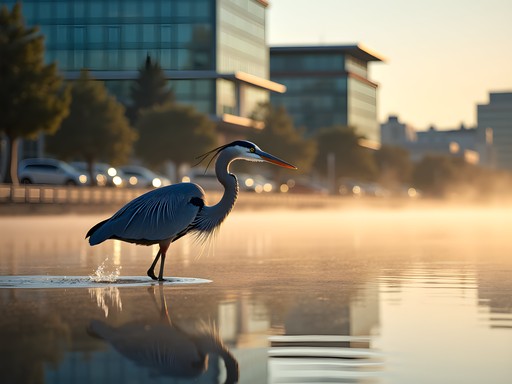
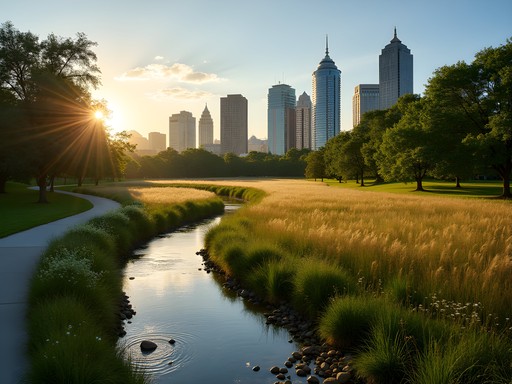
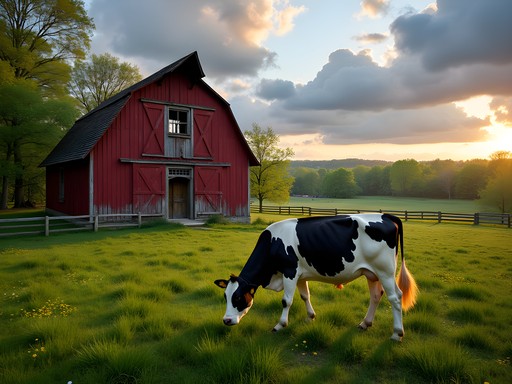
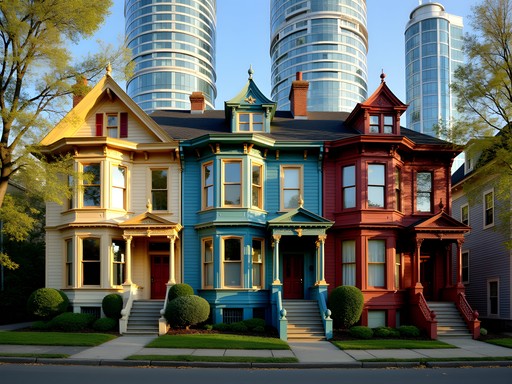
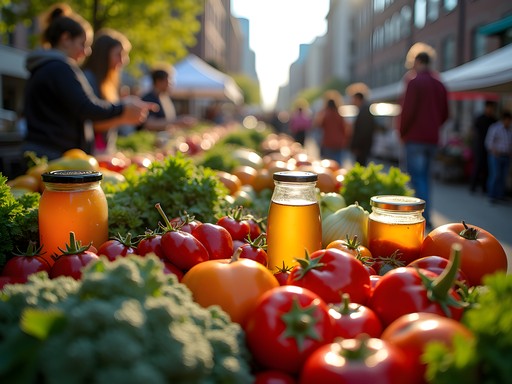


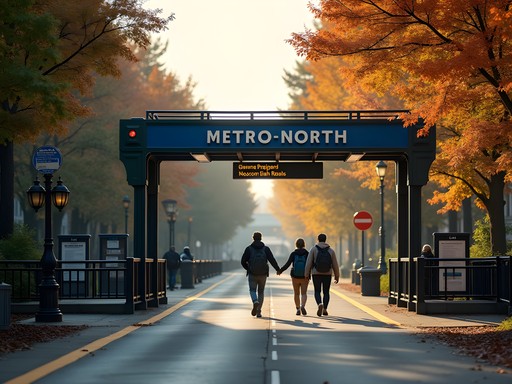
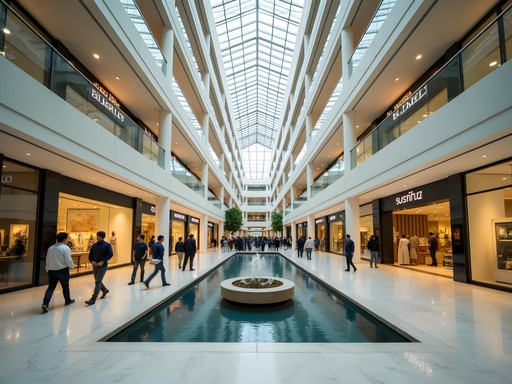





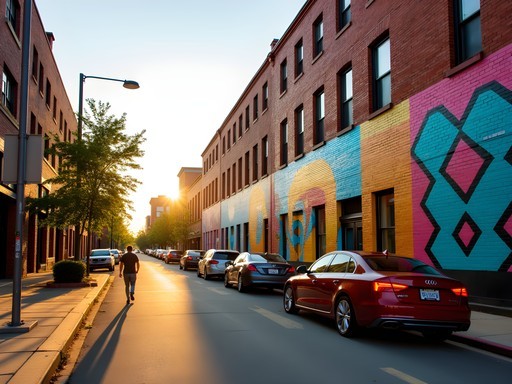
Comments
Casey Andersson
Maya, your ability to find the soul of business-centric cities never ceases to amaze me! I had a layover in NYC last month and decided to take the train up to Stamford for the day based on your recommendation. The architectural contrast between the historic district and those gleaming towers is fascinating - like walking through different eras in American development. I spent hours photographing the juxtaposition! The cocktail bar you mentioned in the historic district (Brick House) had one of the best Old Fashioneds I've tried in the States. Did you get a chance to explore any of the nearby coastal towns? I'm thinking about a return trip to explore more of Connecticut's shoreline.
Maya Coleman
Casey! So glad you made it to Stamford. Yes, I spent a day in Greenwich and another in Norwalk - both easily accessible by train and worth exploring. The maritime museum in Norwalk is fantastic if you're into that sort of thing!
vacationadventurer
Just got back from a weekend in Stamford after reading your post, Maya! The Stamford Museum & Nature Center was a highlight - we spent hours on the hiking trails and my kids loved the farm animals. One tip for others: if you're visiting on weekends, go early! It gets busy with local families by midday. Also, we stumbled upon a farmers market near the historic district on Saturday morning which wasn't mentioned in your post but was a great find. Used my travel daypack to carry all our market goodies back to the hotel!
winterhero
Thanks for the farmers market tip! Where exactly was it located?
vacationadventurer
It was at Bedford Street, right near the old town hall! Lots of local produce and some crafts too.
waveperson
Love this! Never would have thought Stamford had so much character beyond the corporate vibe!
winterhero
Going to Stamford next month for work. Is the waterfront area walkable from downtown hotels?
Maya Coleman
Yes! Most downtown hotels are about a 10-15 minute walk to the waterfront. The path along Mill River Park connects directly to the harbor area. Enjoy your trip!
citypro
This is such a refreshing take on Stamford! I've worked in those glass towers for years but never really explored the Mill River Park properly. The way you described the contrast between urban development and natural spaces is spot on. Last weekend I finally took your advice and spent a Sunday morning there - saw that same heron (or maybe his cousin)! The restoration work they've done is incredible compared to what it was like 10 years ago.
Casey Andersson
That's what I love about urban exploration - finding those natural pockets tucked away in business districts! Have you checked out the cherry blossoms there in spring? I've heard they're spectacular.
citypro
The cherry blossoms are absolutely worth planning a trip around! Usually peak in mid-April and they do a whole festival thing. Much less crowded than DC's cherry blossom madness too.
LocalStamfordGuy
If you're visiting Mill River Park, try to catch one of the free yoga classes on Saturday mornings. They run April through October, and afterward you can grab coffee at Lorca - best Spanish-style churros in Connecticut!
yogilife
Seconding the Lorca recommendation! Their lavender latte changed my life.
PhotoFanatic
That shot of the heron against the skyline is incredible! What time of day was this taken?
wanderlust_emma
Going to Stamford next month for work. Is public transportation decent or should I rent a car?
springnomad
We did the public transportation and it was great! The downtown is super walkable and there's a free trolley that loops around the main areas. Saved us so much on parking!
wanderlust_emma
Awesome, thanks! That'll make expense reporting way easier lol
Bryce Diaz
Maya, your piece on Stamford really captures what makes these corporate-heavy cities worth exploring! I spent three days there last year researching for my 'Unexpected Weekend' series and was blown away by the Stamford Museum & Nature Center. The Bendel Mansion exhibition was closed when I visited, but the farm area was a hit with my nephew. Did you get a chance to check out the speakeasy behind that bookstore on Atlantic Street? Easy to miss but the cocktails are phenomenal. I documented most of my exploration with my travel camera which was perfect for capturing those architectural contrasts you mentioned.
CTlocalguide
That speakeasy is called 'Bookmark' and it's one of our best kept secrets! They change the entrance password monthly, so always check their Instagram before going.
springnomad
Just visited Stamford last weekend and Mill River Park was such a surprise! Watched a heron fishing for like 20 minutes - so cool to see wildlife in the middle of all those office buildings! Did anyone try those food trucks near the harbor? The lobster roll place was AMAZING but I can't remember the name 😭
Bryce Diaz
That's probably 'The Salty Catch' - their lobster rolls are legendary! I actually did a whole food crawl through Stamford last summer. The contrast between corporate lunch spots and authentic hidden gems is fascinating.
springnomad
YES! That's the one! Thanks for jogging my memory! Did you try their clam chowder too?
Bryce Diaz
The chowder is solid but their crab cakes are the real hidden gem. Pro tip: go on Thursday when they do a special with pickled fennel on top!
Venture X
Premium card with 2X miles, $300 travel credit, Priority Pass